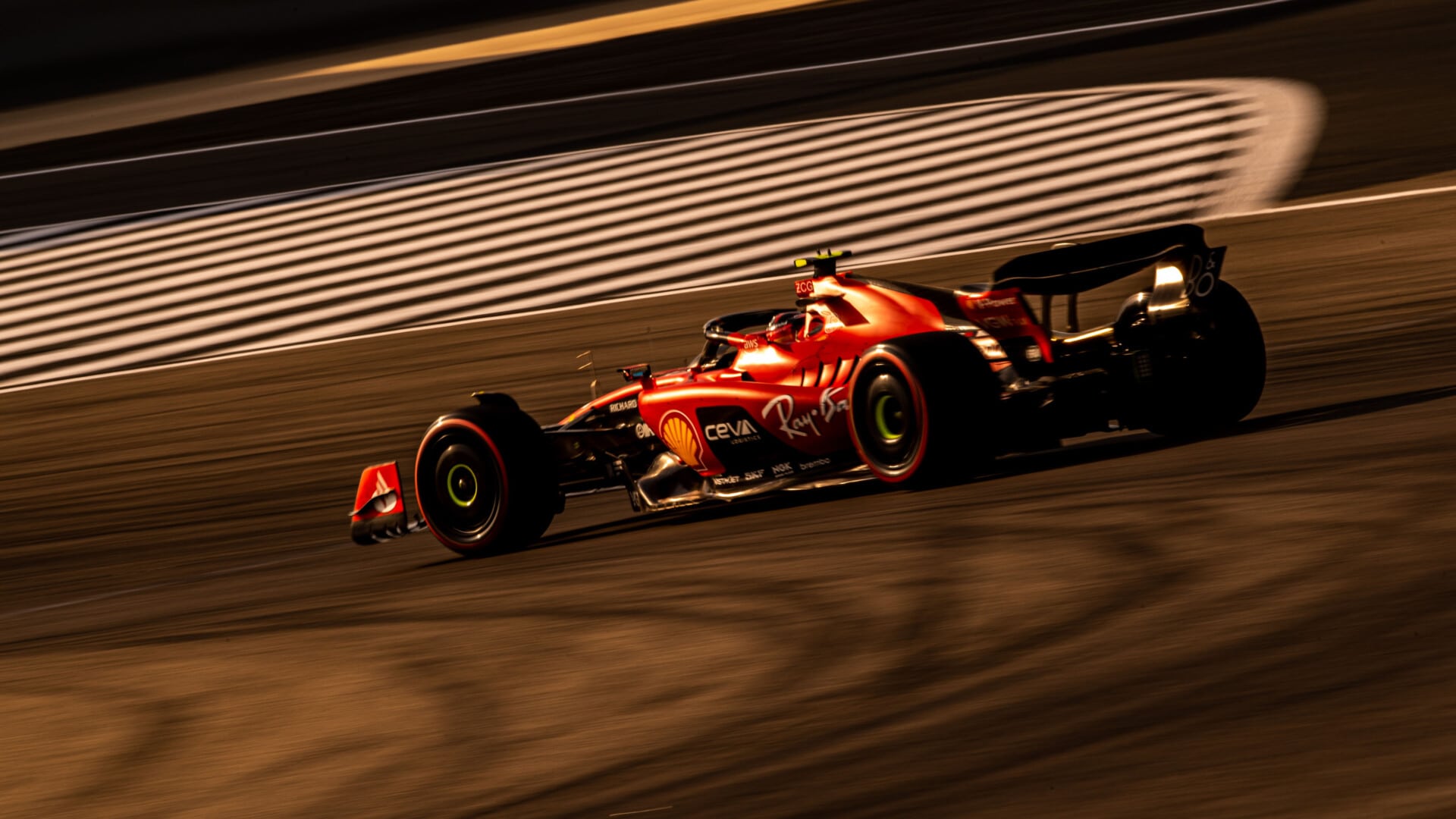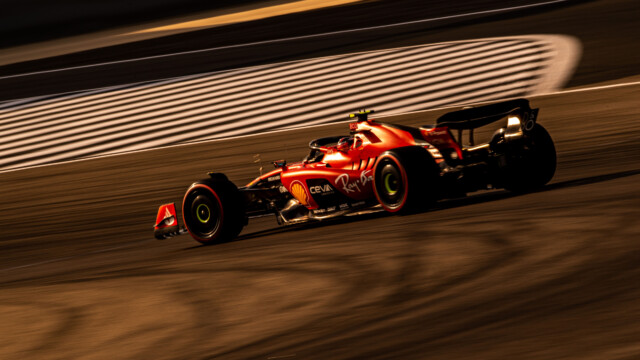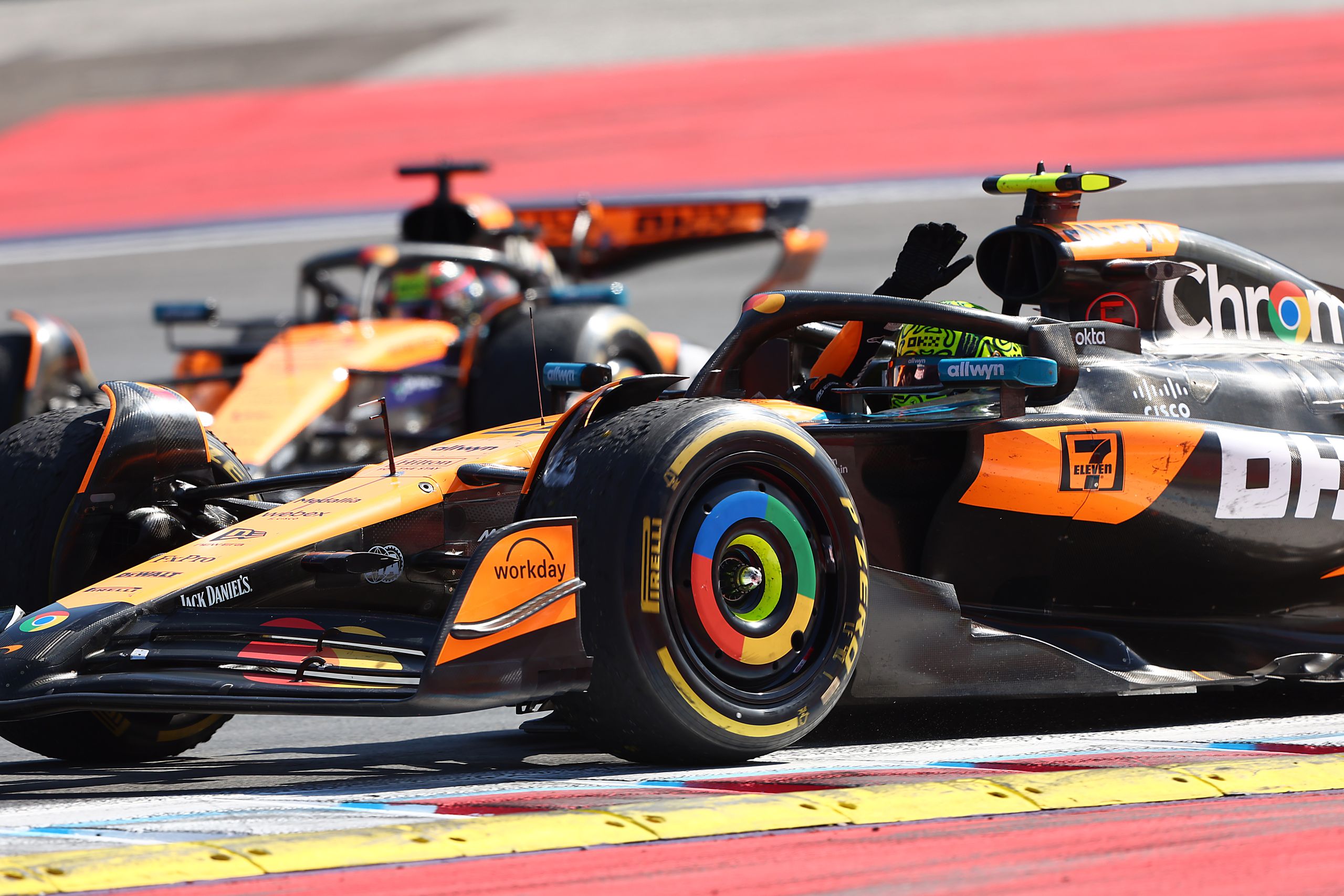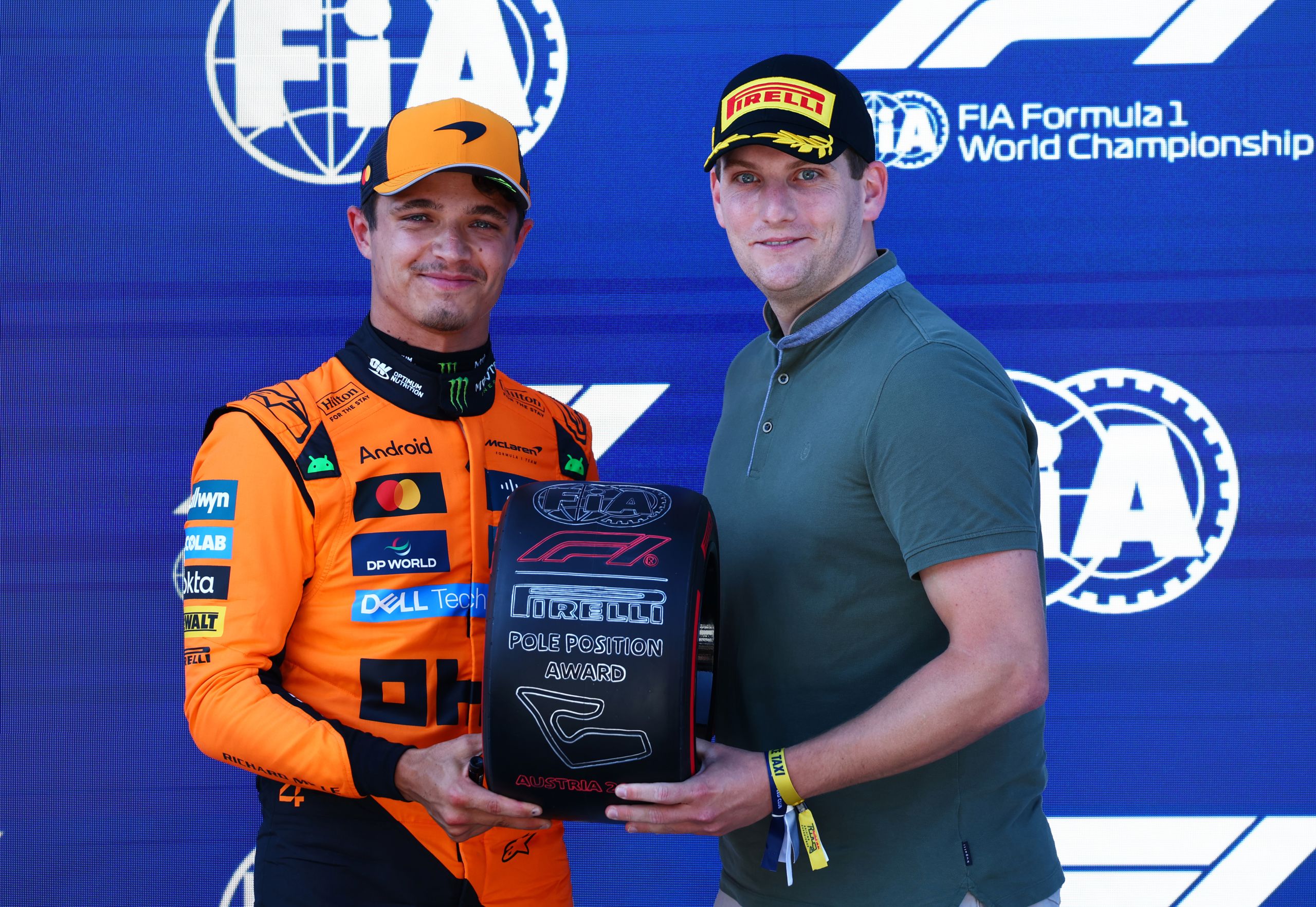F1 Qualifying Formats: From Q1 to Q3


F1 Qualifying is split into three segments, Q1, Q2, and Q3, each with different time durations and rules. During Q1, all drivers take the track and try to set the fastest lap time possible in 18 minutes. After Q1, the slowest five drivers are dropped from the session and will start the race from the back of the grid. In Q2, the remaining drivers take the track for 15 minutes, and again the five slowest drivers are eliminated from the session, with the rest of the drivers proceeding to Q3. In Q3, the remaining ten drivers take the track for 12 minutes, and the driver with the fastest lap time will start the race from pole position.
The importance of qualifying cannot be overstated in F1 racing. A good qualifying performance can make all the difference in the race, as starting in a better grid position can provide a significant advantage to the driver. It can also affect the strategies used during the race, as drivers starting in a better position can have a wider range of choices when it comes to pit stops and tire changes. As such, teams and drivers spend a considerable amount of time and resources preparing for the qualifying rounds, ensuring that they have the best chance possible to secure a good grid position and, ultimately, a better chance at winning the race.
Qualifying is just as exciting for fans as it is for drivers as you can play casino games for real money, and you can bet on the qualifying position of any F1 driver.
Q1 Explained
In Q1, all drivers take to the track simultaneously to set the fastest lap time possible in 18 minutes. During this session, drivers can complete as many laps as they want and can change tires if necessary. However, they must begin their final lap within the time limit. The lap times are recorded, and the 15 fastest drivers advance to Q2, while the five slowest drivers are eliminated from qualifyin].
Number of Drivers Eliminated in Q1
Five drivers are eliminated from Q1, leaving the remaining 15 to move on to Q2. The drivers are eliminated based on their lap times, with the slowest five being the ones who fail to make the cut. This makes Q1 a high-pressure situation, as drivers who fail to set a good time risk being eliminated from the race and starting from a less favorable position.
Importance of Setting a Good Time in Q1
Since Q1 plays a role in setting the starting positions for the race, it is essential for drivers to set a good time in this segment. The faster a driver’s time, the better their starting position will be, allowing them to have an advantage over their competitors. Additionally, a good result in Q1 can provide a confidence boost for the driver and their team, setting a positive tone for the rest of the weekend.
Q2 Explained
Q2 is the second qualifying round, and it lasts for 15 minutes. In this round, the drivers who successfully made it through Q1 compete against each other to secure their positions in Q3. The drivers are allowed to use any tire compound during Q2, which means they can choose between soft, medium, and hard tires. The teams need to strategize and select the tire compound that will give their driver the best chance of setting a fast lap time.
Number of Drivers Eliminated in Q2
Out of the drivers competing in Q2, the five slowest drivers are eliminated and do not get a chance to compete in Q3, the final qualifying round. This means that they will start the race from the 11th position or lower. Being eliminated in Q2 is a significant setback for drivers, as it decreases their chances of a podium finish or even scoring points.
Importance of Setting a Good Time in Q2
During Q2, drivers aim to set the fastest lap time possible to secure a position in Q3 and the fight for pole.
A good time in Q2 is essential because it determines whether they will make it into Q3 (and a top ten race start) or if they will start the race between 11th and 15th on the grid. The closer a driver is to the front of the grid, the better their chances of a good start and avoiding any potential incidents during the first few laps of the race. It also gives them a better chance to fight for a podium finish or even a race win.
Q3 Explained
Q3 lasts for 12 minutes, and the ten fastest drivers from Q2 are eligible to participate. These ten drivers fight for the pole position, meaning the first spot on the grid, and they will qualify no lower than 10th. During the 12 minutes, the drivers complete several laps around the track, usually running two stints, before the final grid is decided.
Number of Drivers in Q3
The number of drivers in Q3 is always ten, as this is the maximum number of drivers allowed to participate in this stage. The ten drivers are the fastest from Q2, and the rest of the field is eliminated.
Setting Times and Importance of a Good Time
During Q3, the drivers must set their fastest lap times in order to achieve pole position. To do this, they must optimize their driving strategy, including the use of tire compounds, aerodynamics, and fuel levels. The teams aim to balance the speed of the car with its fuel consumption and tire degradation to achieve the best time possible. A good time in Q3 secures a spot in the front of the grid, which can give a significant advantage in the race, as starting in the front allows for better positioning and clean air.
How Qualifying Determines Grid Positions
Formula 1 qualifying is a crucial aspect of a race weekend, as it determines the starting grid for the upcoming race. Qualifying is split into three different stages: Q1, Q2, and Q3, each of which plays a crucial role in deciding the starting order of the cars.
During Q1, all 20 drivers take to the track, and they have exactly 18 minutes to set the fastest lap time they can. The drivers who finish in positions 16th-20th are eliminated from qualifying and will start the race in those positions.
Q2 follows a similar format, but this time the drivers who finish in positions 11th-15th are eliminated. They have 15 minutes to set their best lap times, and the driver with the fastest lap time will start in 11th place, with the remaining drivers lining up behind them in descending order of their lap times.
Finally, in Q3, the top 10 drivers from Q2 compete for the top 10 grid positions, with the fastest single lap time in the 10-minute session determining positions 1 through 10. The driver who sets the fastest lap time during Q3 earns pole position, which is the most coveted spot on the grid, as it gives the driver a clear advantage going into the race. The remaining drivers line up behind them in descending order of their lap times.
Formula 1 qualifying is a complex and exciting process that plays a crucial role in determining the starting grid for the race. Each of the three qualifying sessions – Q1, Q2, and Q3 – plays a unique role in deciding the grid positions for the drivers, with the fastest lap times in each session determining the positions for the eliminated drivers and the top 10 grid positions for the race. Understanding how qualifying works is essential for any Formula 1 fan, as it gives them valuable insights into the starting positions for each driver and the potential outcomes for the upcoming race.
F1 Qualifying Formats: From Q1 to Q3 – Key Takeaways
In conclusion, the three qualifying segments in F1 racing play a crucial role in determining grid positions for the drivers. In Q1, the fastest lap times set by the drivers who are eliminated determine positions 16th to 20th on the starting grid. In Q2, the drivers who are eliminated have their positions determined by their fastest lap times, which will place them in positions 11th to 15th on the grid. Finally, the top 10 grid positions are determined by the fastest lap times set in Q3.
It is important to note that a good qualifying performance can significantly affect a driver’s race outcome. Starting from a higher grid position gives a driver an advantage, as they can overtake other drivers more easily and are more likely to avoid incidents in the crowded midfield. A poor qualifying performance, on the other hand, can put a driver at a disadvantage and make it difficult to secure a good result in the race.
Currently, Lewis Hamilton holds the record for the most pole positions, having scored a staggering 103 pole positions in his career to date.
Key takeaways from this discussion include:
- Understanding the importance of the three qualifying segments in determining grid positions.
- Recognizing the impact of a good qualifying performance on race outcomes.
- Being aware of the strategic importance of starting from a higher grid position in F1 racing.
In conclusion, drivers must perform well in qualifying to maximize their chances of success in the race. By setting fast lap times in each of the three segments, drivers can secure higher grid positions and gain a crucial advantage over their competitors.





